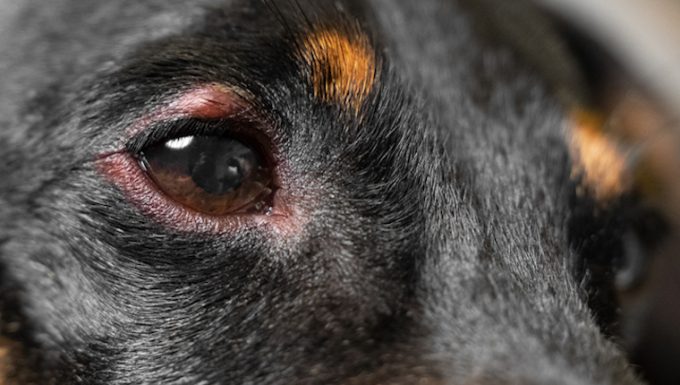Eye injuries in dogs happen when the cornea or sclera is penetrated, often by a trauma. Subsequently, the injury can produce blood in the eye.
The cornea is at the front of a dog’s eye. The sclera is the white part of the eye.
Technically, the condition is called corneal and scleral lacerations.
If you see the signs of…




